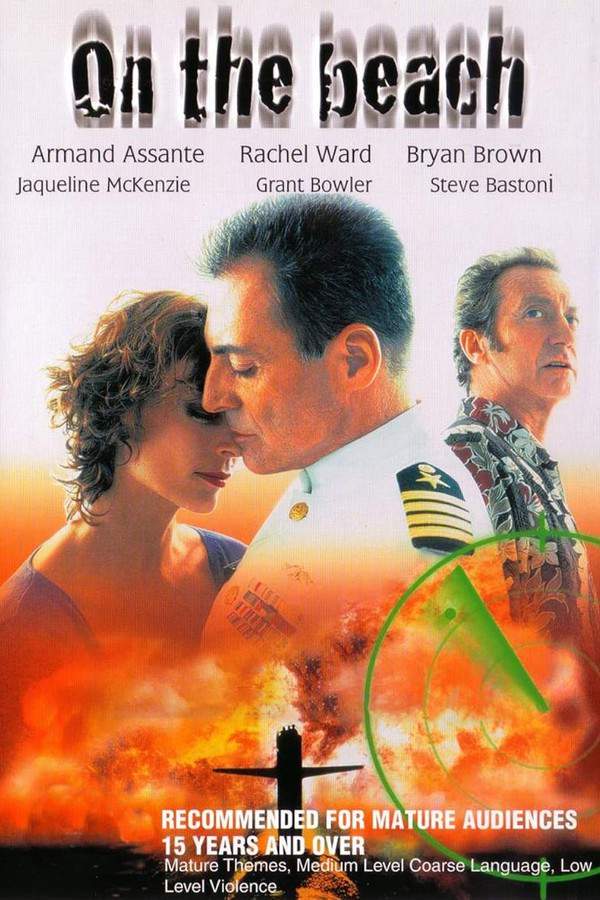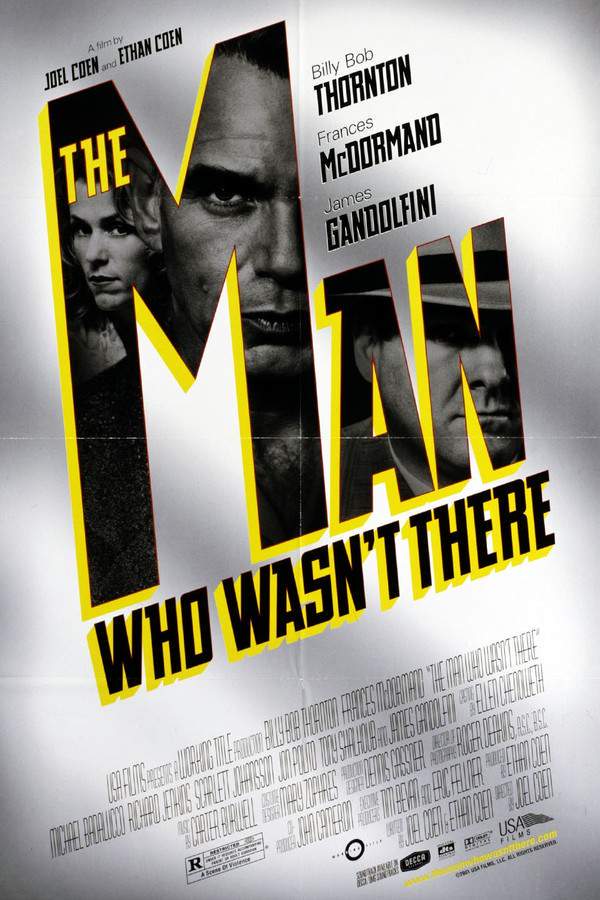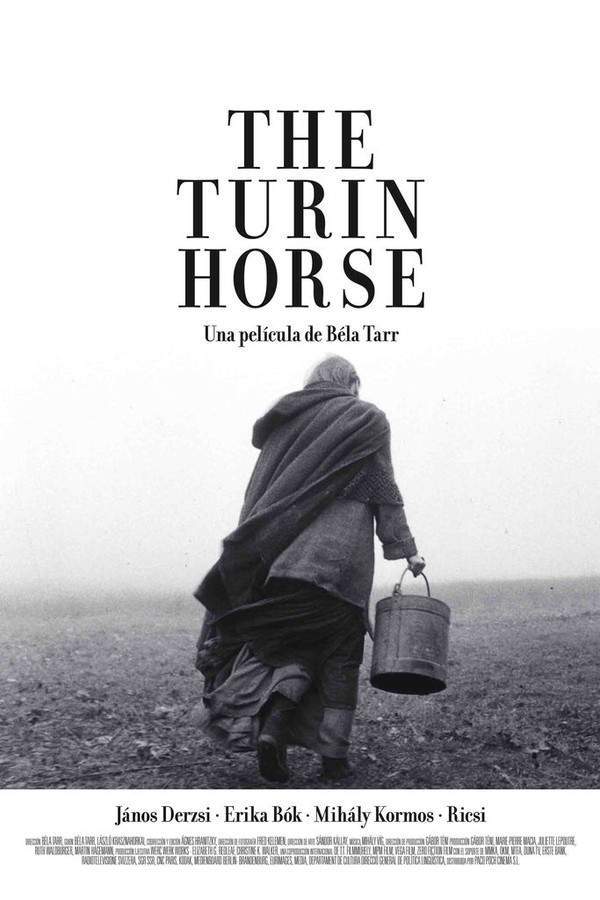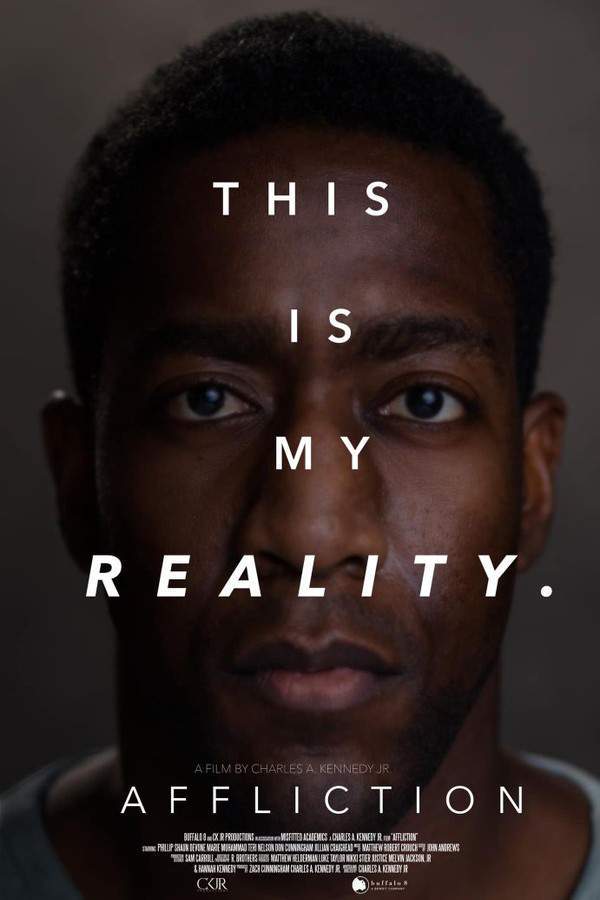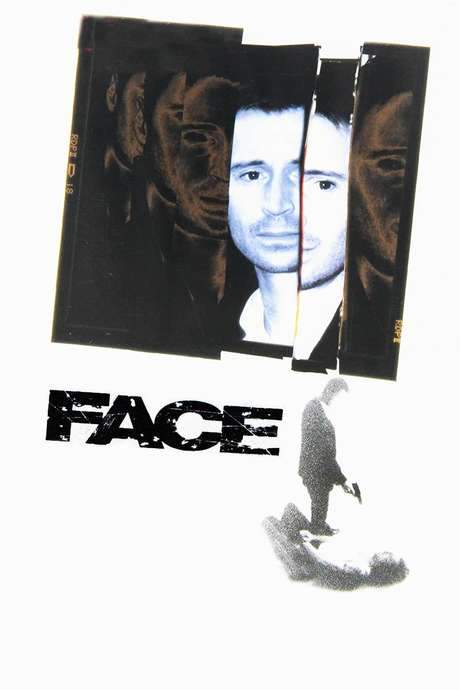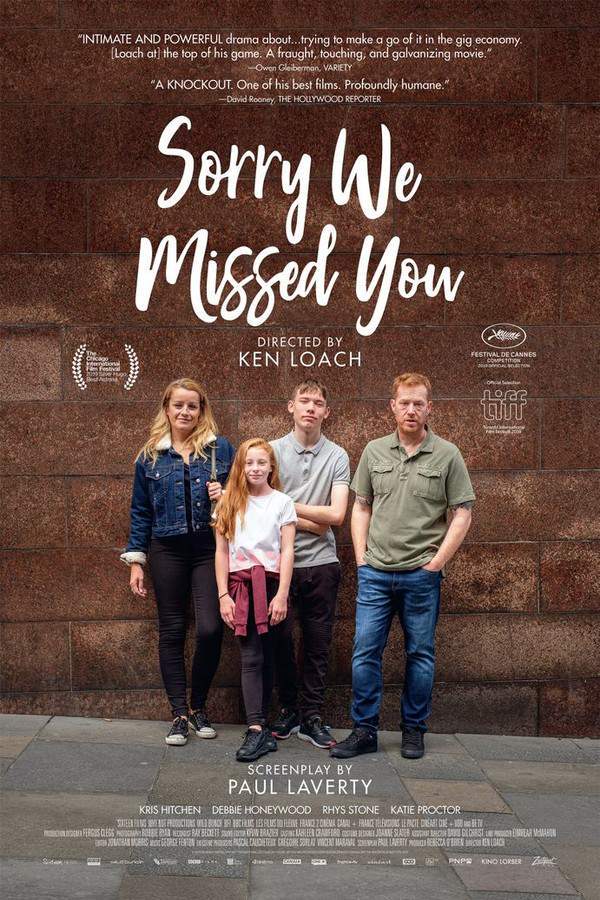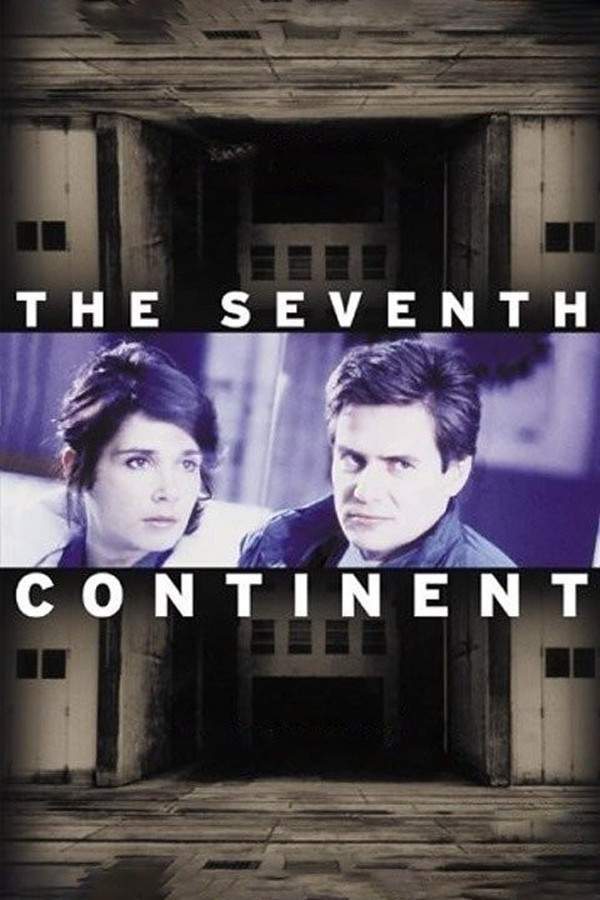
The Seventh Continent (1989)
Year: 1
Runtime: 1 h 48 m
Language: German
Director: Michael Haneke
A seemingly ordinary European family meticulously prepares to emigrate to Australia, but beneath the surface of their idyllic life lies a disturbing secret. Small, unsettling incidents hint at a deeper turmoil, gradually revealing a shocking truth about their past and the reasons for their planned escape. The family's carefully constructed facade of normalcy begins to crumble as the reality of their situation is exposed.
Warning: spoilers below!
Haven’t seen The Seventh Continent (1989) yet? This summary contains major spoilers. Bookmark the page, watch the movie, and come back for the full breakdown. If you're ready, scroll on and relive the story!
The Seventh Continent (1989) (1) – Full Plot Summary & Ending Explained
Read the complete plot breakdown of The Seventh Continent (1989) (1), including all key story events, major twists, and the ending explained in detail. Discover what really happened—and what it all means.
The cinematic tale is crafted in three captivating segments, each one diving deep into the lives of a mysterious family. The first two chapters transport us to 1987 and 1988, immersing us in their daily existences and revealing an unsettling discontent with the sterile, monotonous world that envelops them. As the story opens, we hear the voiceovers of Anna reading heartfelt letters to her in-laws, alongside Georg narrating his work triumphs, subtly hinting that their lives share an eerie resemblance.
In the third segment, we transition to 1989, where the family is seen leaving their grandparents’ abode after a visit. This part shifts focus to Georg, who reads aloud a letter penned for his parents-in-law just the next day. Within this intimate correspondence, he and Anna have made the significant decision to abandon their previous lives. This revelation is beautifully illustrated through poignant montages: they resign from their jobs, close bank accounts, inform the bank clerk about their imminent move to Australia, sell their car, and acquire an extensive set of cutting tools. As Georg contemplates this arduous choice, he acknowledges that it was Eva’s bravery in facing death—proclaiming she had no fear of it—that solidified their resolution to take her with them.
The subsequent scenes showcase the family enjoying a lavish meal before undertaking a mechanical destruction of every last material possession in their home. This act is performed with an unsettling detachment, as if compelled by an invisible force, lacking emotional depth except for fleeting whispers. In a shocking moment, they tear apart their currency and flush it down the toilet, serving as a powerful metaphor for the obliteration of their past lives. A brief crack in their stoicism occurs when Georg smashes their grand fish tank, inducing an outpouring of anguish from Eva.
As the narrative races to a tragic finish, despair envelops the family, leading them to overdose on pills mixed with water. Their demise unfolds with heartbreaking precision: Eva, Anna, and finally Georg, who struggles to expel the liquid before ultimately resorting to an injection. In a poignant and desperate act of documentation, Georg carefully inscribes the names, dates, and times of death for his family on the wall, leaving his own time marked with a question mark. An envelope meant for his parents-in-law is affixed to the door—an ultimate act of either courage or surrender.
The film concludes with a somber epilogue, revealing that in the wake of Georg’s suicide note, his in-laws were left in a state of confusion about whether their son-in-law had truly taken his life, leading to a police investigation that conclusively found no signs of foul play.
Last Updated: November 17, 2024 at 17:54
Explore Movie Threads
Discover curated groups of movies connected by mood, themes, and story style. Browse collections built around emotion, atmosphere, and narrative focus to easily find films that match what you feel like watching right now.
Slow burn despair movies like The Seventh Continent (1989)
Stories where a quiet life meticulously unravels into profound hopelessness.If you were captivated by the methodical pacing and devastating emotional journey of The Seventh Continent, this collection is for you. Discover movies with a similar slow burn structure, where a facade of normalcy is systematically dismantled, leading to profound existential despair and bleak conclusions.
Narrative Summary
Narratives in this thread often follow a similar downward spiral: they begin with a portrayal of ordinary, even mundane life, then gradually introduce subtle fractures. The true horror or tragedy isn't a sudden event, but the slow, methodical process of psychological breakdown or a planned act of self-destruction, making the ending feel both shocking and inevitable.
Why These Movies?
These films are grouped together because they share a specific combination of extremely slow pacing, a consistently bleak tone, and high emotional intensity. They prioritize atmosphere and psychological unease over plot twists, creating a deeply immersive and oppressive viewing experience centered on existential crisis.
Movies about shattered normalcy like The Seventh Continent (1989)
Films that expose the dark secrets hiding beneath a picture-perfect life.Fans of The Seventh Continent who are fascinated by its theme of a perfect family life hiding a dark secret will find more gripping dramas here. Explore films where characters grapple with alienation and disintegration behind a mask of conformity, leading to heavy emotional consequences.
Narrative Summary
The narrative pattern typically involves establishing a convincing, often idealized version of family or individual life. Through a series of small, unsettling revelations or a major climactic disclosure, this facade is completely destroyed. The story's power comes from the contrast between the initial calm and the final, devastating reveal of the truth.
Why These Movies?
These movies are united by their focus on themes of alienation, family disintegration, and the psychological cost of maintaining appearances. They share a heavy emotional weight and often a detached, observational style that makes the eventual breakdown feel even more impactful and tragic.
Unlock the Full Story of The Seventh Continent (1989)
Don't stop at just watching — explore The Seventh Continent (1989) in full detail. From the complete plot summary and scene-by-scene timeline to character breakdowns, thematic analysis, and a deep dive into the ending — every page helps you truly understand what The Seventh Continent (1989) is all about. Plus, discover what's next after the movie.
The Seventh Continent (1989) Timeline
Track the full timeline of The Seventh Continent (1989) with every major event arranged chronologically. Perfect for decoding non-linear storytelling, flashbacks, or parallel narratives with a clear scene-by-scene breakdown.

Characters, Settings & Themes in The Seventh Continent (1989)
Discover the characters, locations, and core themes that shape The Seventh Continent (1989). Get insights into symbolic elements, setting significance, and deeper narrative meaning — ideal for thematic analysis and movie breakdowns.

The Seventh Continent (1989) Spoiler-Free Summary
Get a quick, spoiler-free overview of The Seventh Continent (1989) that covers the main plot points and key details without revealing any major twists or spoilers. Perfect for those who want to know what to expect before diving in.

More About The Seventh Continent (1989)
Visit What's After the Movie to explore more about The Seventh Continent (1989): box office results, cast and crew info, production details, post-credit scenes, and external links — all in one place for movie fans and researchers.







